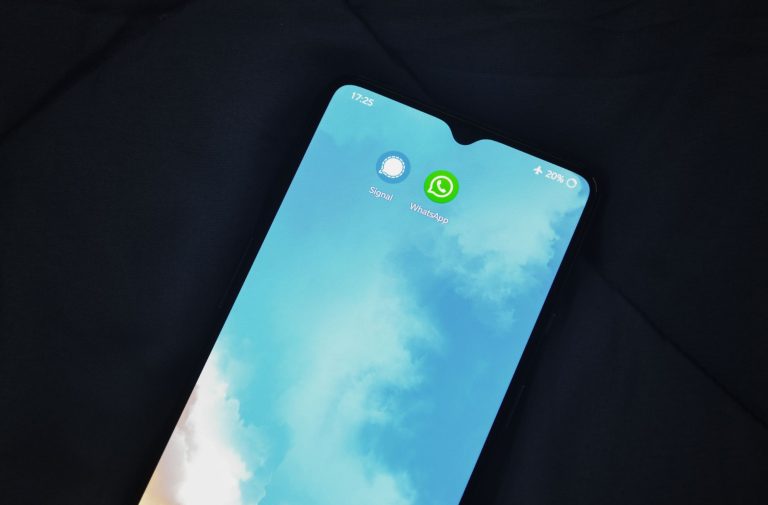In the fast-paced world of business communication, having all your tools work together seamlessly can save a lot of time and hassle. One of the most useful integrations for many businesses is between the WhatsApp Business API and their CRM systems. These two systems working together means smoother customer interactions and easier management of customer data. However, when this connection fails, it can feel frustrating and overwhelming. Figuring out why your WhatsApp Business API isn’t connecting to your CRM can quickly become a priority to keep operations running smoothly.
There are lots of potential hurdles that could interrupt this connection, each requiring a bit of investigation to solve. Whether it’s an issue with internet settings, software compatibility, or simply a minor human error, getting to the root cause is essential. Taking a look at common problems and their solutions can help you troubleshoot any issues and get everything synchronized again without a hitch.
Understanding the Basics
Before diving into solving any connection problems, it’s helpful to understand the tools you’re working with. The WhatsApp Business API is a powerful tool that allows businesses to send and receive messages from their customers efficiently. It’s a step up from the standard WhatsApp Business App, providing much-needed automation and bulk messaging capabilities. Meanwhile, CRM systems are the backbone of customer relationship management, storing important customer information and tracking interactions over time.
The magic happens when these two systems connect. By syncing the WhatsApp Business API with your CRM, messages sent to and received from customers are tracked within your CRM, giving you a centralized view of all interactions. This can help businesses personalize their customer approach, improve service, and ultimately boost sales.
But, the path to seamless integration isn’t always smooth. Several technical factors are at play, and understanding them can save a lot of headaches. It’s like piecing together a puzzle, where every aspect from network settings to data formats needs to fit just right. If something’s off, the connection might not establish, and that can slow down your business operations considerably.
Common Connection Issues
When your WhatsApp Business API and CRM aren’t playing nice, it’s important to check off some common culprits. Here’s a list of issues you might encounter:
– Network connectivity problems. A shaky internet connection can often be the simplest and most overlooked cause. Checking your network settings and ensuring a stable internet connection is a quick first step.
– API key validation errors. Each API has a key used to verify access. Make sure your API key is correctly entered and hasn’t expired.
– Mismatched data formats. Sometimes, the data moving back and forth between your WhatsApp API and CRM might not match up correctly. Ensuring both systems speak the same “language” can resolve this mismatch.
– Outdated software versions. If either your CRM or WhatsApp API software is outdated, it might not integrate well with the other system. Regular software updates can help prevent this issue.
These are the typical roadblocks you might face, and addressing them methodically can help you re-establish the connection effectively. Taking these steps doesn’t just solve the problem at hand, but also helps in preventing similar issues down the line.
Troubleshooting Steps
When the link between WhatsApp Business API and CRM breaks, it’s wise to look at what might be causing the problem. Here are a few key actions to consider:
1. Check Network and Internet Settings: Ensure your internet connection is stable. Sometimes, even minor disruptions can cause larger issues.
2. Inspect the API Key: Make sure the API key you’ve entered is correct and hasn’t expired. Double-check its permissions to avoid any access problems.
3. Verify Data Formats: The data exchanged between systems must be in compatible formats. Confirm that both platforms can understand what’s being sent and received.
4. Update Software Versions: Keeping your WhatsApp API and CRM software up to date can resolve many compatibility issues. Software updates often include important patches that fix known bugs.
5. Restart the Integration Process: Sometimes, resetting and following the integration steps from the beginning can help re-establish a stable connection.
Tips for Smooth Integration
Ensuring everything runs smoothly involves a few proactive measures:
– Schedule Regular Software Updates: Automate updates for your CRM and WhatsApp API to avoid unexpected hiccups.
– Pre-Integration Testing: Before connecting systems, perform testing to see how small-scale versions operate together.
– Have a Backup Plan: It’s useful to have a fallback plan if you run into connectivity issues.
– Use Resources from Providers: Leverage documentation and customer support from WhatsApp and CRM providers. They often offer guidance that addresses specific problems.
– Seek Professional Assistance: For complex integrations, having experts who know the intricacies can save both time and stress.
Wrapping Up
Taking a methodical approach can make troubleshooting a lot more manageable. When systems like WhatsApp Business API and CRM work together well, they help businesses stay on top of customer interactions and improve communication. This kind of integration can lead to better customer service and more efficient business processes.
Still facing challenges? Don’t hesitate to reach out to professionals who specialize in these areas. They can lend their expertise to ensure everything works smoothly, allowing you to focus on what matters most—growing your business and serving your customers effectively. Remember, the benefits of having a well-integrated system make the effort worthwhile and can lead to significant improvements in your customer relationship management strategies.
Ensure your business communication stays cutting-edge with the right integrations. Sanoflow can help make the process smoother, keeping your systems connected and effective. Learn how a well-maintained WhatsApp Business API connection can improve your customer engagement and support your long-term growth.






